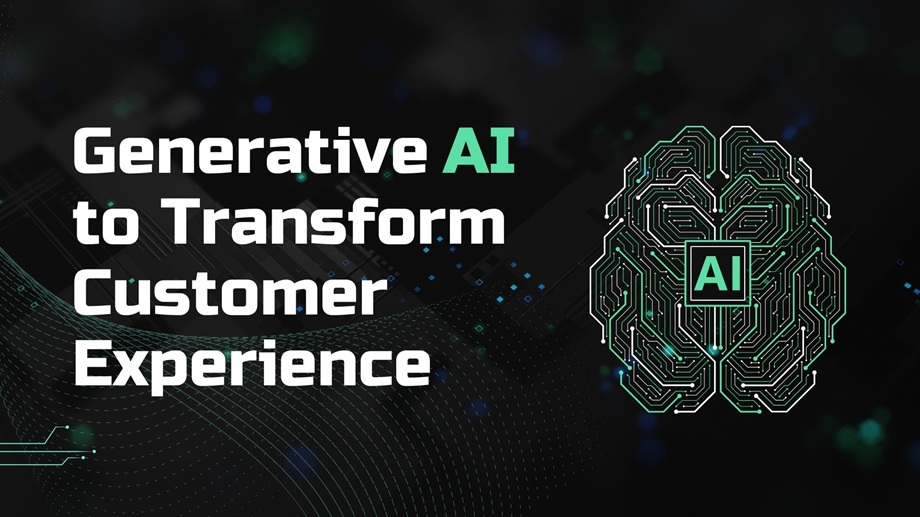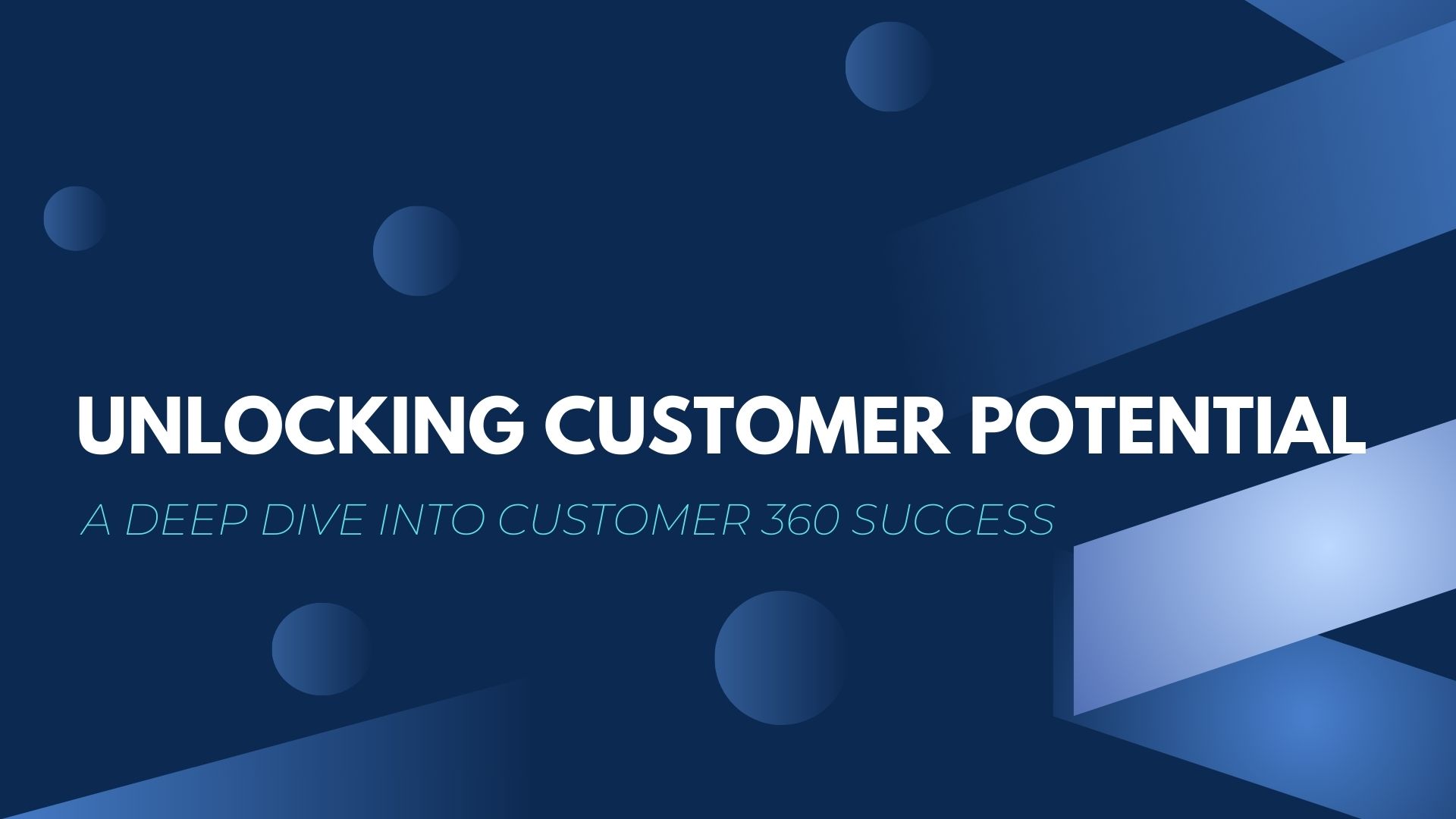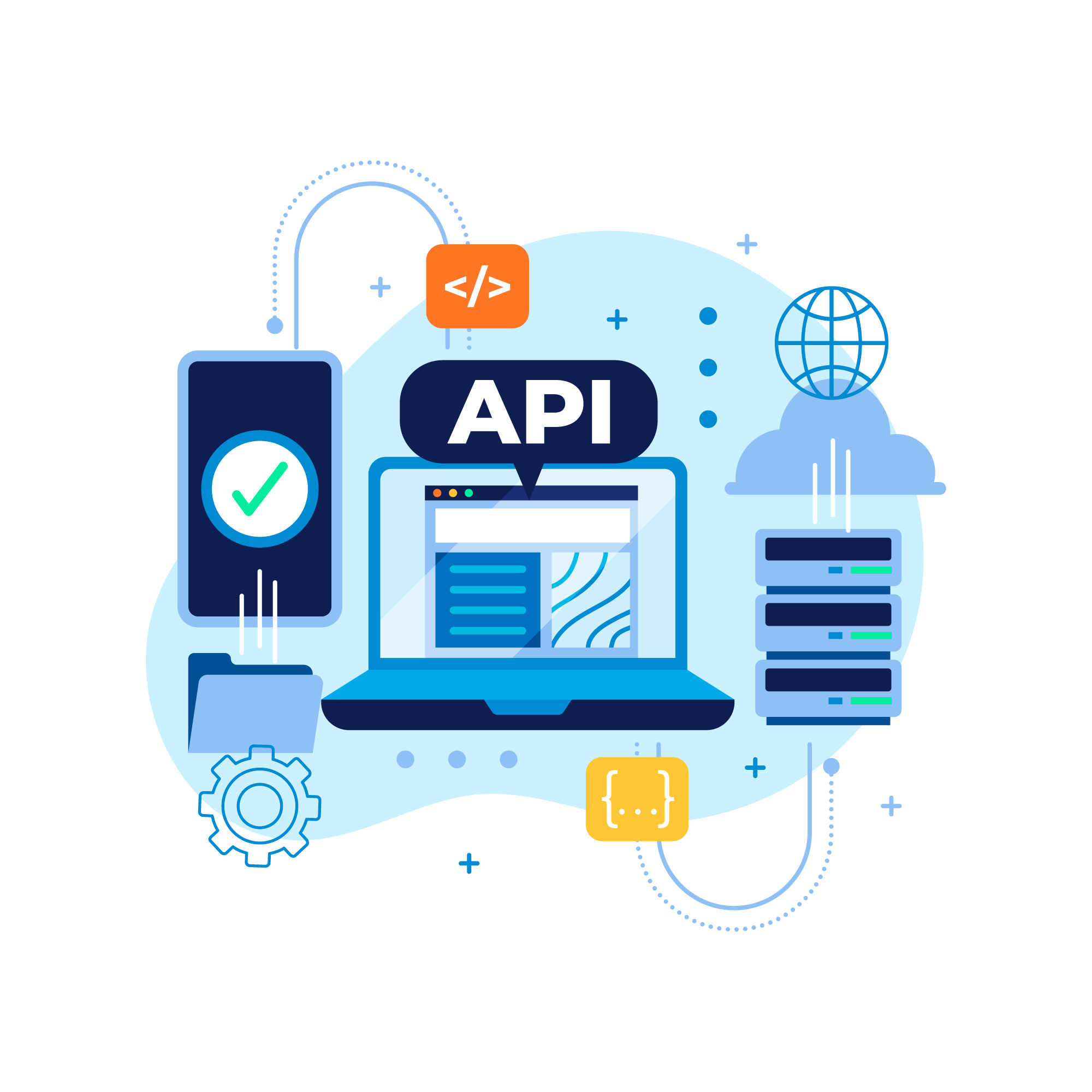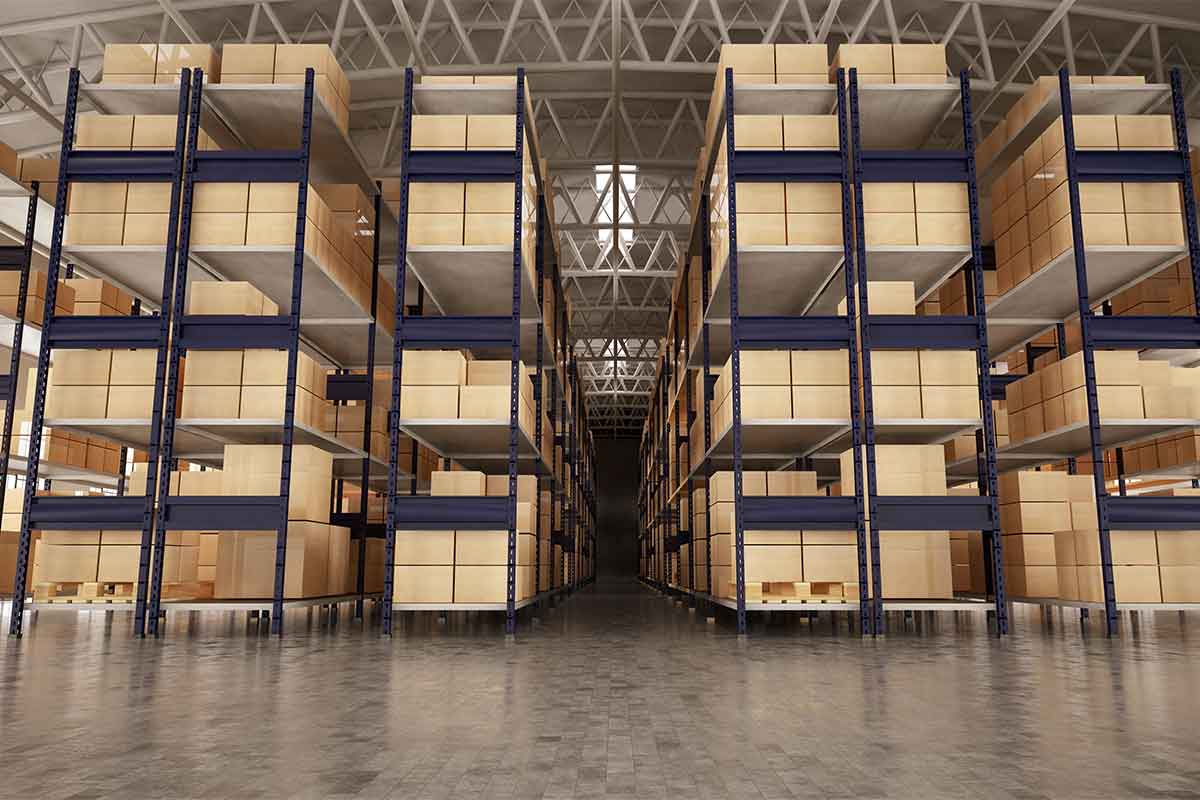~3 minute read
RPA or Robotic Process Automation specifically emerged in the early 2000’s as technology became globally essential to multiple industries. Originally, it initiated more efficient ways to reduce costs for outsourcing and found its way into many other business areas in the course of time. We’ll be covering topics such as benefits, market growth, and products of Robotic Process Automation.
How can businesses value RPA?
RPA is an application of technology is strictly governed by business logic and structured inputs which aims its way into automating many business processes. Using RPA tools, such as Automation Anywhere, allows organizations to configure their software to capture and interpret applications. Falling along the lines of processing a transaction, manipulating data, triggering responses, and even communicating with other digital systems. RPA implementation can range from simple automatic email responses to completely automating jobs within an ERP (Enterprise Resource Planning) system.
A common misconception is thinking that these robots will undeniably replace humans. It is crucial to understand that RPA lacks judgement and is meant to support overall human workloads, not replace them. Let’s highlight some key benefits of using RPA:
- Cost savings – Providing organizations with the ability to reduce staffing costs & human error.
- Enhanced productivity & process improvements – This allows employees to offload those tedious tasks to robots and focus solely on the task at hand.
- Regulatory compliance – Every task or process handed off is able to be recorded, logged, & tracked for historical audibility.
- Traditional IT integration – RPA is a non-invasive alternative to traditional IT integration using machine learning technology to mimic human work.
- Cross–Industry – RPA is able to implemented across all industries such as financial services, retail, energy, telecommunications, manufacturing, and many more.
Market Growth of Robotic Process Automation
According to research and studies, the market for robotic process automation grew approximately 63% in 2018 to over 800 million. In 2018, the top five RPA vendors controlled 46% of the market achieving up to triple digit revenue growth. During the period of 2019-2026 CAGR is to be ~22.3% during this forecast. RPA is also forecasted to reach nearly 7 billion by the end of 2026. We find these growth trends due to the rising demand for automation overall when intertwined with artificial intelligence & machine learning enhancements. Now is a better time than ever to capitalize on this market and take advantage of its future potential.
RPA Products
Big tech giant, IBM, has teamed up with Automation Anywhere, an RPA software provider, as a part of IBM’s Automation Platform for Digital Business. This platform provides a tactical entry point into automated digital labor and digital workforce. IBM Robotic Process Automation provides two editions of their product to scale up or down based on your organizations demand. Firstly, is IBM RPA Express, which helps provide the initiation of task automation. With components to managing and control your environment using only a single point of access for deployment. Secondly, IBM RPA Enterprise is an amplified version of its counterpart, this extends the digital business automation platform by allowing you to integrate bots with other IBM offerings. The enterprise edition will enable your organization to automate an even larger amount of processes in a production and non-production environment.
Next Steps?
If you would like to learn more about Robotic Process Automation and how it can provide larger cash flows and return on investment for your company, contact us at Cresco. We offer consulting & advisory expertise with full-featured workshops, product demonstrations, and sales plays to solutions such as these.











